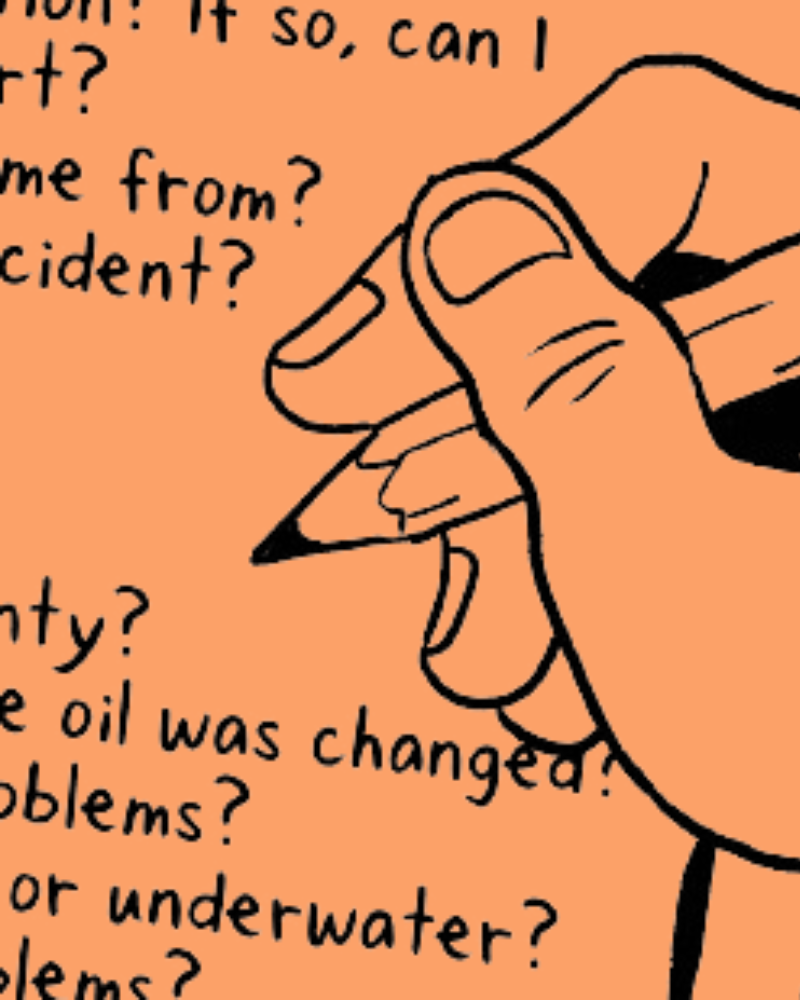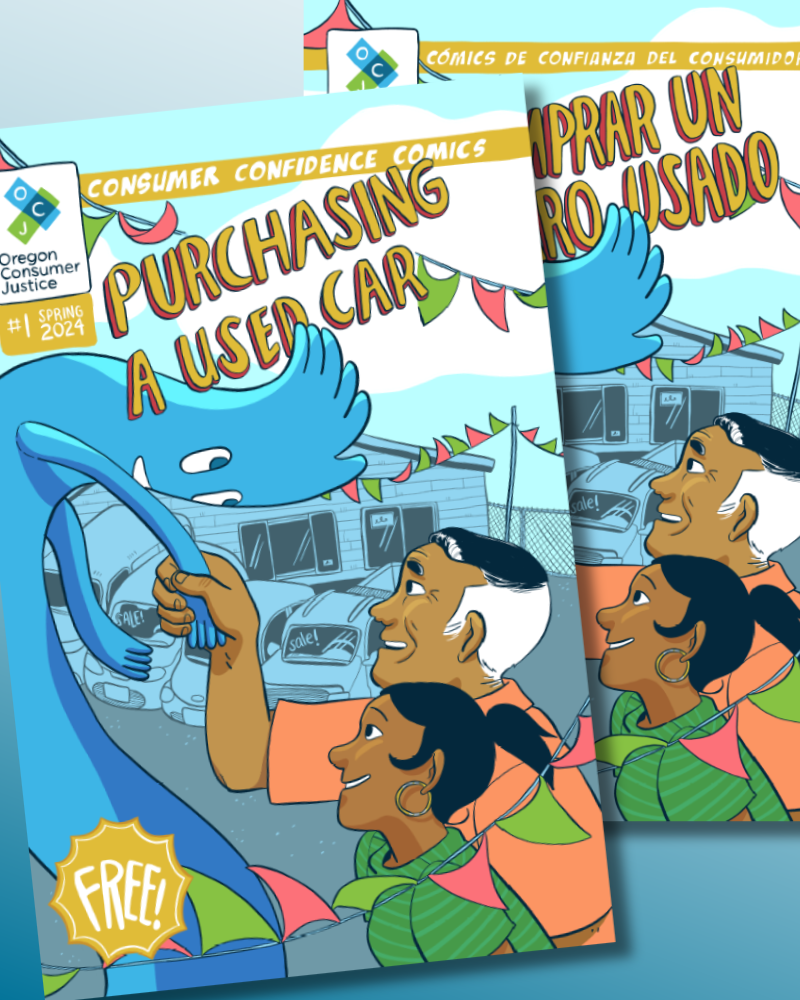Share

When buying a used car from a dealer, ensuring the vehicle is in good condition is often the biggest concern. This means the car has no accident history or mechanical defects. This guide gives you five tips to be sure the dealer doesn’t leave you with a problem vehicle.
1) Save the ads
Most people who shop around for used cars will likely look online first. If you see an advertisement for a vehicle you want to purchase, save the ad for every vehicle you test-drive. Do NOT just bookmark the page. The dealer will likely take down the advertisement after the sale. You should save the webpage as a PDF or print it out on paper before you purchase. But even if they have already purchased the car, you should go online and check to see if the ad is still up.
Sometimes, consumers will go in to look at one vehicle and purchase a different one without seeing an advertisement for it. If you bought the car without seeing the ad, google the Vehicle Identification Number (VIN) when you get home (it will be on the paperwork). Save or print a copy If you find the advertisement for the vehicle you purchased. You may be entitled to a refund if you paid more for the vehicle than advertised.
2) Take pictures + test features
Taking pictures of the cars you like at the car lot is good practice. Make it a habit to take photos of the entire vehicle, the interior, and any stickers or price tags. Check that everything works as promised—do all the seat belts actually work? We’re all human—you are bound to miss something in your visual inspection. This way, if something goes wrong later, you have proof of a problem at the time of sale.
3) Ask Questions
Feel free to ask the salesperson all your burning questions about the vehicle you are interested in purchasing and take note of their answers. Has it ever been in an accident? Do they have a Carfax on it? Is the title clean (meaning it has never been deemed a total loss)? Are there any aftermarket parts on the vehicle? Are there any mechanical problems? If you know of specific problems the vehicle is prone to, ask if the vehicle has any of these problems.
- Will it pass DEQ emissions?
- Has the car been thoroughly inspected?
- Does the vehicle have a history of mechanical problems?
- Did it come from an auction?
- If so, can I get the auction report?
- Where did the vehicle come from?
- Does it have any rust?
- When was the last time the oil was changed?
- Are you offering a warranty?
- Can I return it if it has problems?
- Has it ever been in a flood or underwater?
- Does it have electrical issues?
- Do you have any maintenance records?
This handout outlines essential questions to ask the dealer about the used car you want to buy. Print and bring it with you to the dealership.

4) Write down any promises
Let’s assume that the salesperson promises that the vehicle has no accidents, the title is clean, all the repairs are done, and the dealer will fix whatever problems come up in the next seven days. You want to have a written record of all of these promises. Write down these promises in three possible places during the signing of documents to make them part of the agreements:
The Purchase Agreement or Bill of Sale
The purchase agreement or bill of sale is the main contract for purchasing your vehicle. Sometimes, there’s a space for writing things down, but if there isn’t, write any promises wherever you can find room. Put these items in writing before the dealer signs the purchase agreement.
The “We Owe” or “Due Bill” Form
The “we owe” or “due bill” form is usually a half-page document that says “We Owe” at the top and lists the dealer’s promises to make repairs—add the dealer’s repair promises here, fixing the window, the broken taillight, and any other problems identified within 7 days of purchase.
The FTC Buyers Guide
The FTC Buyers Guide is a sticker that is required to be affixed on the rear passenger window of every used car sold in the United States. The Buyers Guide notifies consumers whether their purchase is “as-is” or has a warranty. Suppose the dealer makes any promises to fix the vehicle or pay for a portion of a repair. In that case, they are giving you a warranty. Even when the purchase involves a warranty, the dealer will sometimes still check the “as-is” box. You’ll want to let the dealer know the sale is not “as-is” and demand the dealer reprint the Buyers Guide and check the correct box. If the dealer marks “warranty,” then you can write down its promises to make repairs on the empty spaces at the bottom of this form.
5) Get a post-purchase inspection
While inspections are an additional expense to manage, they can provide peace of mind with your purchase. The most common tip for buying a used car is to get a pre-purchase inspection. However, coordinating this inspection with the dealer or a nearby mechanic is often impractical. The next best solution is to get a post-purchase inspection from a trustworthy mechanic. If the dealer told you that certain repairs had occurred on your vehicle, ask your mechanic to confirm and verify those repairs. However, if they do find any problems, you will want to contact a lawyer immediately.
Available in English and Spanish, this comic will help you confidently tackle the complicated transaction of buying a used car.

